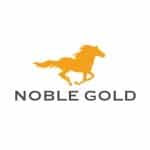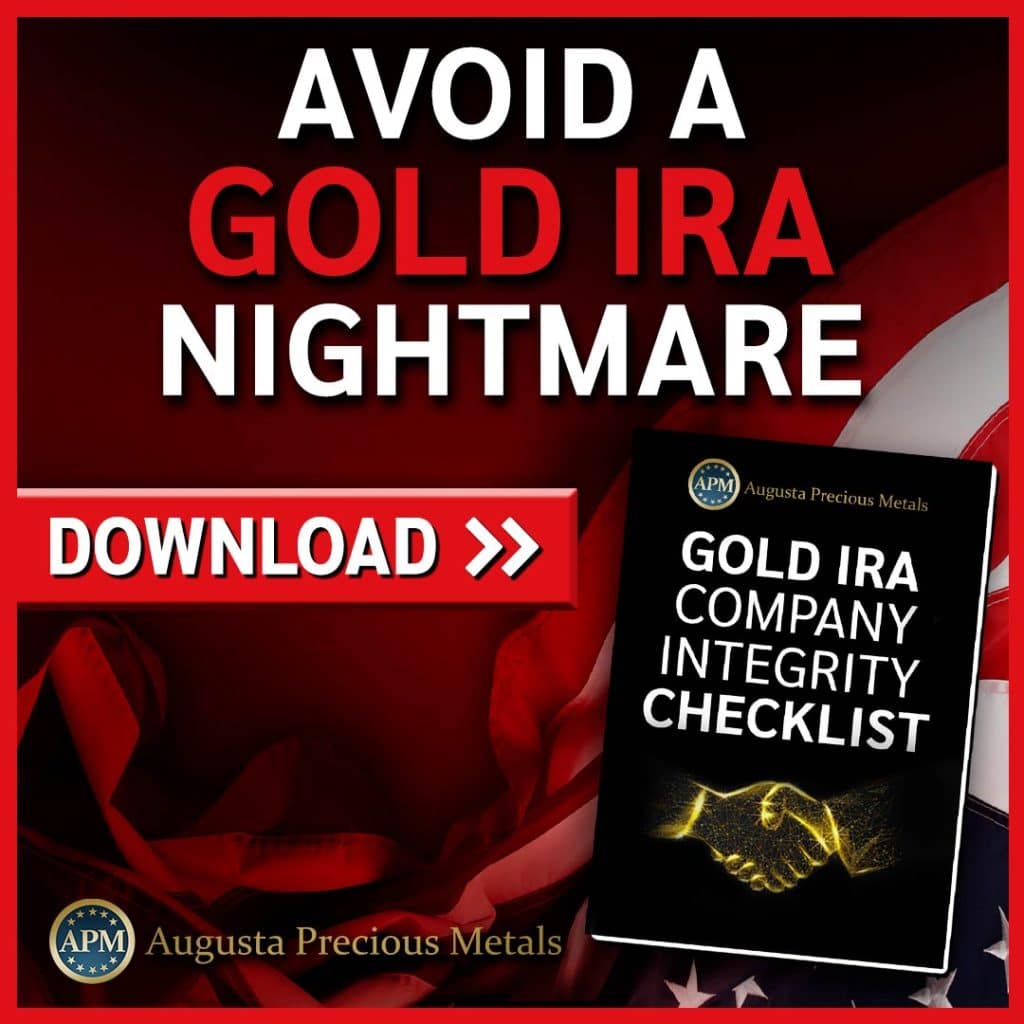Should You Buy Fractional Gold Coins

You're eyeing fractional gold coins as an investment avenue, and rightly so, given their accessibility to a wider range of investors and the benefits of portfolio diversification and liquidity they bring. However, it's crucial to weigh the higher premiums these coins command against larger gold pieces, influenced by factors such as the gold spot price and the coin's size.
Even though buying fractional gold coins involves higher premiums than their popular 1-ounce counterparts, their value remains closely tied to the spot price of gold, offering a hedge against inflation and market volatility. To gain a better grasp of this subject we will cover:
- Understanding Fractional Gold
- Pros and Cons of Fractional Gold Coins
- Premiums and Purchasing Strategies
- Investment Considerations
- Market Trends and Outlook
But remember, buying strategies and a long-term perspective are key, as is choosing reputable dealers to minimize risks. As you consider adding these valuable assets to your portfolio, understanding the nuanced market trends and strategic purchasing times could significantly impact your investment's success.

Understanding Fractional Gold
Understanding fractional gold, an investment option that comprises gold coins, bars, or rounds weighing less than one ounce, offers an affordable entry point for investors keen on diversifying their portfolios. You're stepping into a nuanced market, where the allure of gold meets the practicality of smaller, more accessible units. This option isn't just about affordability; it's a strategic move to hedge against inflation and market volatility, leveraging gold's long-standing reputation as a stable asset.
When you consider fractional gold, you're looking at common fractional sizes like 1/10 oz, 1/4 oz, and 1/2 oz gold coins, alongside 5-gram and 10-gram gold bars. Each piece's value directly ties to the current gold spot price, ensuring your investment reflects real-time market conditions. However, remember this asset's value isn't static; it's susceptible to spot price changes, making it as volatile as it is valuable.
Investing in fractional gold demands a thoughtful approach. You're advised to consult a financial advisor to understand how these pieces fit within your broader investment strategy, considering their growth in popularity and their role as a long-term investment. It's also crucial to purchase from reputable dealers to avoid counterfeits and ensure the purity and weight of your gold.
Pros and Cons
While considering the purchase of fractional gold coins offers a more accessible price point, it's crucial to weigh their higher premiums against the benefits of diversification and liquidity they bring to your investment portfolio. These smaller denominations can indeed make gold investment more attainable, allowing you to diversify your holdings without committing a large sum upfront. Their liquidity also means you can sell off small portions of your investment in response to financial needs or market conditions, rather than liquidating a larger, more valuable coin.
However, the downside is that you're paying more per ounce of gold due to the higher premiums attached to these coins. This cost factor is significant because it directly impacts your investment's potential return. While the premiums cover the costs of minting and distribution, they also eat into the profits you might expect from the rising value of gold.
Another aspect to consider is the market for fractional coins. They're popular among certain investors for their convenience and affordability, but the selection available may not be as broad as for larger coins. This limited selection could affect your ability to diversify within the realm of gold coins.
Moreover, when it's time to sell, finding a buyer willing to pay a premium for smaller denominations might prove challenging. You'll need to be strategic about where and how you sell to recoup your investment and ideally make a profit.
In essence, fractional gold coins present a trade-off between accessibility and cost-effectiveness. They offer an entry point into gold investment at a lower price point but come with considerations that could affect your long-term investment outcome. It's essential to weigh these factors carefully against your investment goals and financial situation.
Premiums and Purchasing Strategies
Navigating the premiums on fractional gold coins requires a strategic approach to ensure you're maximizing your investment's potential value. You must understand that premiums are essentially the cost above the gold spot price, which can significantly impact the overall cost of your investment, especially with fractional coins. These premiums can vary widely based on factors such as demand, coin size, and where you purchase them.
When you're looking into buying fractional gold coins, you're essentially paying more per ounce compared to larger gold coins due to the higher relative cost of minting and distributing smaller denominations. Recognizing this, it's crucial to calculate the premium as a percentage of the spot price, allowing you to compare options more effectively.
A savvy purchasing strategy involves comparing premiums across different sizes and types of fractional gold coins. Often, coins like 1/2 oz or 1/4 oz have lower premiums relative to their weight than the smallest denominations, such as 1/10 oz coins. Moreover, shopping during low-demand periods or seeking out special deals, like Black Friday discounts, can lead to lower premiums.
Purchasing from reputable dealers is non-negotiable. They not only offer competitive premiums but also guarantee the authenticity of the coins. Another strategy is considering alternatives to traditional fractional coins, such as Valcambi bars, which can offer lower premiums for the same amount of gold.
In essence, your goal is to minimize premiums without compromising on the quality or authenticity of your gold investment. This requires diligent research, timing, and sometimes, thinking outside the box to find the best deals.
Best Gold IRA for Low Minimum Investment
Investment Considerations
Benefits of Working with a Reputable Gold Investment Company
When starting on the path of gold investing, working with a credible and trustworthy precious metals vendor is key. Finding an established gold investment company that understands the many vacillations of the gold markets and the numerous variables affecting its price will save much time and hassle. Working with a reputable company with institutional knowledge can assist you with logical price entry points, positioning, and dollar-cost-averaging so you can maximize your investment capital,
Gold IRAs provide an additional advantages to merely buying gold from a local dealer. Furthermore, these companies can provide serious gold investors access to competitive prices, transparency, a sound buyback policy, reliable customer service, and robust security protection of their precious metal investments.
Choosing the right gold IRA company will depend on one's unique investing needs. Depending on whether you are a high-net investor looking for the most competitive prices or require a lower investment minimum and affordable entry to the gold market, we have researched and reviewed our best 4 gold IRA and precious metal investment companies that meet those individual needs. In addition to a gold IRA, owning the physical gold in your place of residence is also an option. We have provided links to these companies at the bottom of this article for your convenience.
Tap the banner below to visit Augusta Precious Metals to receive their gold IRA checklist
Market Trends and Outlook
The gold market's current trajectory suggests an upward trend, making fractional gold coins an increasingly attractive option for a broad spectrum of investors. You're witnessing a global scenario where economic uncertainties and inflation fears push more individuals towards precious metals, with gold at the forefront. This pivot isn't merely about wealth preservation; it's a strategic move to hedge against inflation and diversify investment portfolios.
Analyzing the market, it's clear that the demand for gold, especially in fractional sizes, is on the rise. These smaller denominations offer an affordable entry point into the gold market, without the hefty upfront investment required for full ounce coins. It's a trend that's not only appealing to seasoned investors but also to newcomers eager to secure a tangible asset amidst the digital frenzy of stocks and cryptocurrencies.
Considering gold's historical performance, it's known for its stability and ability to hold value over time. However, it's crucial to remember that gold is also susceptible to market fluctuations. The premiums associated with fractional gold coins are typically higher than their full ounce counterparts, reflecting the cost of minting and distribution. Yet, the current market trends indicate that the gap between the value of gold and these premiums might narrow, as demand continues to surge and gold prices climb.
It's important to weigh these factors carefully. While the allure of fractional gold coins is undeniable, given their liquidity and accessibility, you'll need to consider the long-term investment perspective. Consulting with a financial advisor to understand the nuances of investing in fractional gold, based on the current market outlook, could be a wise step.
Conclusion
In conclusion, while fractional gold coins offer a viable entry into precious metal investments, it's crucial to weigh their higher premiums and selection limits against the benefits of diversification and liquidity. Developing a strategic approach to purchasing, aligned with market trends and your investment goals, can mitigate some drawbacks. Ultimately, if you're seeking to diversify or hedge against inflation with a lower upfront cost, fractional gold coins might be a fitting addition to your portfolio. Analyze carefully to ensure they align with your long-term financial objectives.
Find the right company for you. Obtain a gold IRA guide and talk to a broker




If you have 100k in savings to protect and want to take advantage of the best prices, attend a gold educational webinar hosted by Augusta Precious Metals. Tap the button below:
Gold IRA FAQs

Adam ONeill
Author, lifelong investor, and creator of PreciousMetalsInvestmentPortfolio.com


